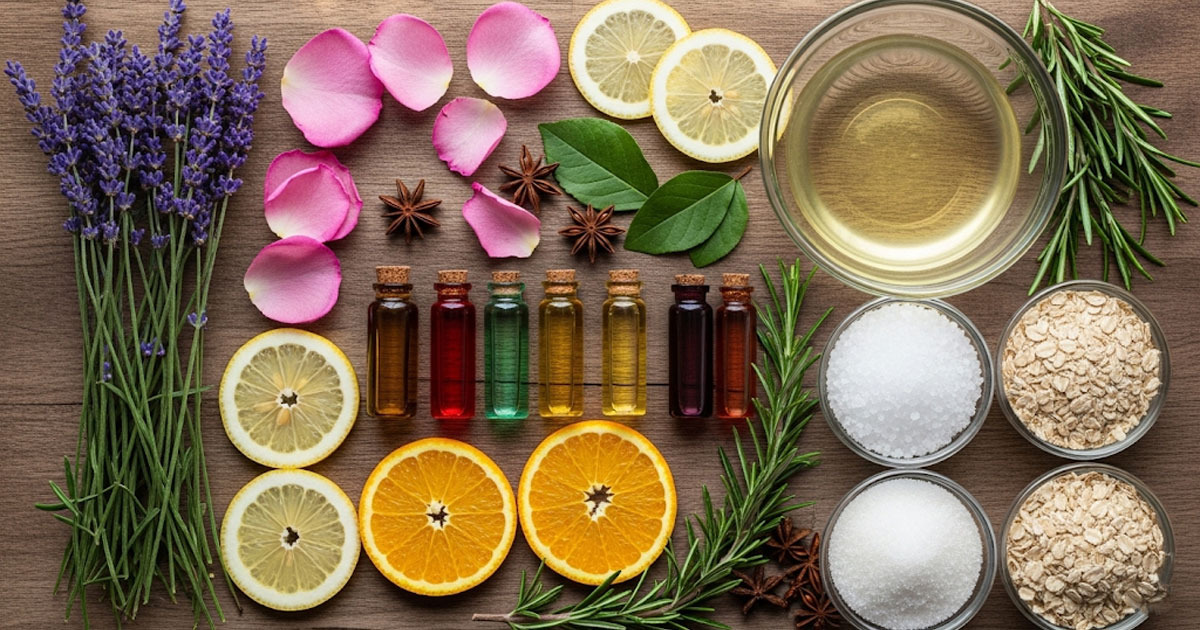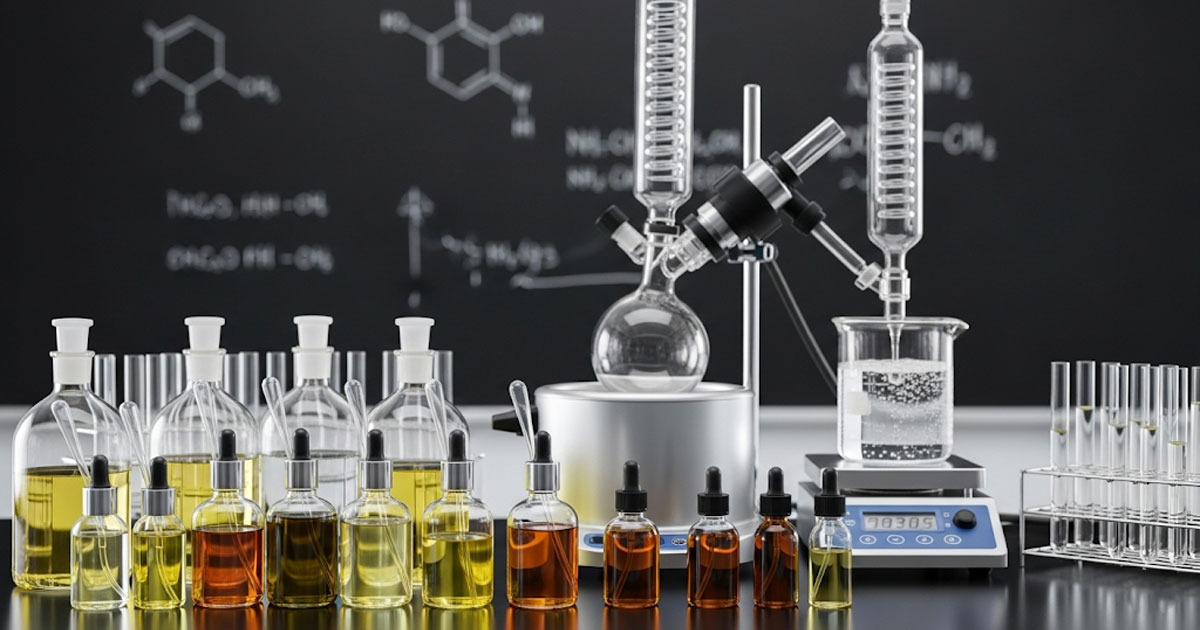Understanding Aldehydes in Perfumery
Aldehydes have been a transformative component in modern perfumery since their landmark introduction in the early 20th century. These organic compounds, characterized by the presence of a formyl group, offer unique olfactory qualities that cannot be found in natural sources.
Used either in isolation or blended with essential oils, aldehydes bring brightness, lift, and longevity to a fragrance, playing a critical role in the architecture of Eau de Parfum compositions. In the context of body perfumes, aldehydes serve both functional and aesthetic purposes.
Functionally, they act as fixatives and volatile enhancers, helping perfumes retain their top note sparkle while improving sillage. Aesthetically, aldehydes are known for creating a distinct ‘clean’ or ‘soapy’ impression an effect now synonymous with luxury and sophistication in Western perfumery traditions.
The inclusion of aldehydes in a formula is rarely accidental; it requires technical precision. Perfumers must balance these molecules carefully, as even minute concentrations can dramatically shift the fragrance’s overall profile. This intricate dance between art and chemistry underscores the role of aldehydes as both a creative and scientific cornerstone of modern fragrance design.
The Chemistry Behind the Scent
What Are Aldehydes?
Aldehydes are organic molecules that contain a carbon double bonded to oxygen and single bonded to hydrogen (–CHO). In perfumery, aliphatic aldehydes specifically those with longer carbon chains (C8–C13) are most commonly used. They do not naturally exist in high quantities in essential oils, making them predominantly synthetic in commercial perfume applications.
Each aldehyde compound has a distinct scent profile. For example, C-10 aldehyde (decanal) emits a waxy, citrusy scent, while C-12 MNA (methyl nonyl acetaldehyde) contributes a metallic, marine nuance. These ingredients enhance other perfume components by adding lift and diffusion, making the scent feel more expansive and long-lasting on the skin.
Their chemical volatility means that aldehydes perform best in the top notes of a perfume. However, their fixative properties influence the middle and base notes, subtly reshaping the scent experience over time. This multifaceted behavior makes aldehydes indispensable in complex formulations.
Strategic Use in Body Perfume Composition
Enhancing Top Notes and Longevity
One of the most valued benefits of aldehydes in body perfume lies in their ability to amplify the top notes. Citrus, green, or ozonic elements can be intensified and extended with the right aldehyde, creating an initial burst that captures consumer attention. The immediate impact is often described as “sparkling” or “radiant,” lending a signature character to the fragrance.
Aldehydes also interact synergistically with floral notes such as rose, jasmine, and lily of the valley. This interaction forms a cohesive aromatic bouquet with enhanced projection. Unlike natural citrus oils, which evaporate quickly, aldehydes ensure a prolonged impression of freshness, even as the perfume evolves into its heart and base.
From a formulation perspective, aldehydes also allow perfumers to minimize the use of more volatile or allergenic natural oils. This contributes to a more stable, reproducible, and skin-friendly product, crucial for brands seeking consistent performance across global markets.
Industrial and Market Implications
Differentiation in a Saturated Market
In today’s competitive fragrance market, aldehydes provide brands with a unique point of differentiation. They enable the creation of olfactory signatures that are difficult to replicate with naturals alone. This is particularly relevant in premium Eau de Parfum and niche offerings, where sensory uniqueness justifies a higher price point.
Moreover, aldehydes help meet regulatory requirements without sacrificing scent quality. As certain natural extracts become restricted due to sustainability or safety concerns, aldehydes offer a compliant and creative alternative. This is especially relevant in B2B scenarios, where fragrance manufacturers must balance innovation with safety, cost-efficiency, and global market access.
Aldehydes also support the rising demand for clean-label and vegan formulations. Being largely synthetic and biodegradable, they align well with eco-conscious brand narratives, further solidifying their relevance in both mainstream and artisanal perfumery.




